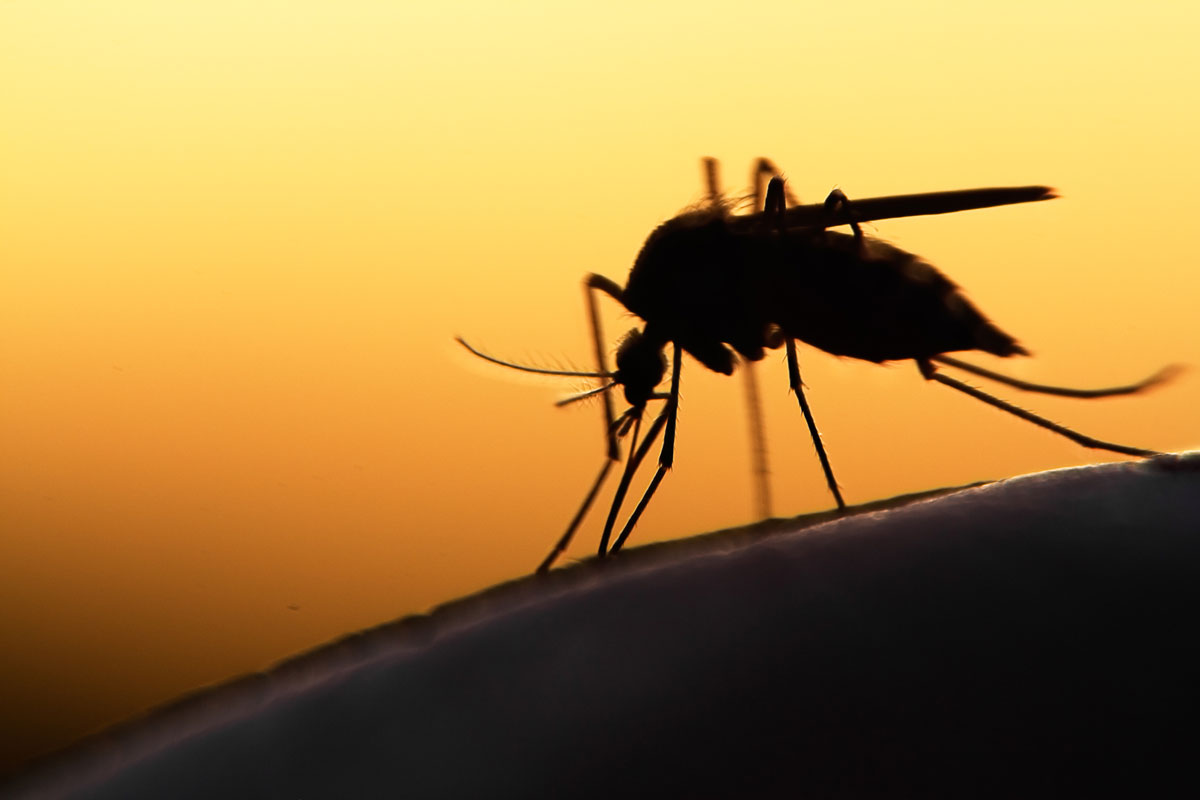The Other Malaria: Finding New Targets for a Vaccine Against Plasmodium vivax
 moritz.isbscience.org/2017/08/10/malaria-finding-new-targets-vaccine-plasmodium-vivax/
moritz.isbscience.org/2017/08/10/malaria-finding-new-targets-vaccine-plasmodium-vivax/
A new report in PLOS Neglected Tropical Diseases describes the results of an international collaboration led by researchers at ISB and Seattle’s Center for Infectious Disease Research (CIDResearch). We used mass spectrometry-based proteomics to identify nearly 2,000 proteins present in Plasmodium vivax parasites, one of the Plasmodium species that cause the disease malaria in humans. The work was done on parasites dissected from mosquito salivary glands, parasites that were in the form that is transmitted from mosquitoes to humans. Because parasite proteins can potentially be recognized by the body’s immune system, the proteins we have identified are promising targets for new vaccines against malaria.






